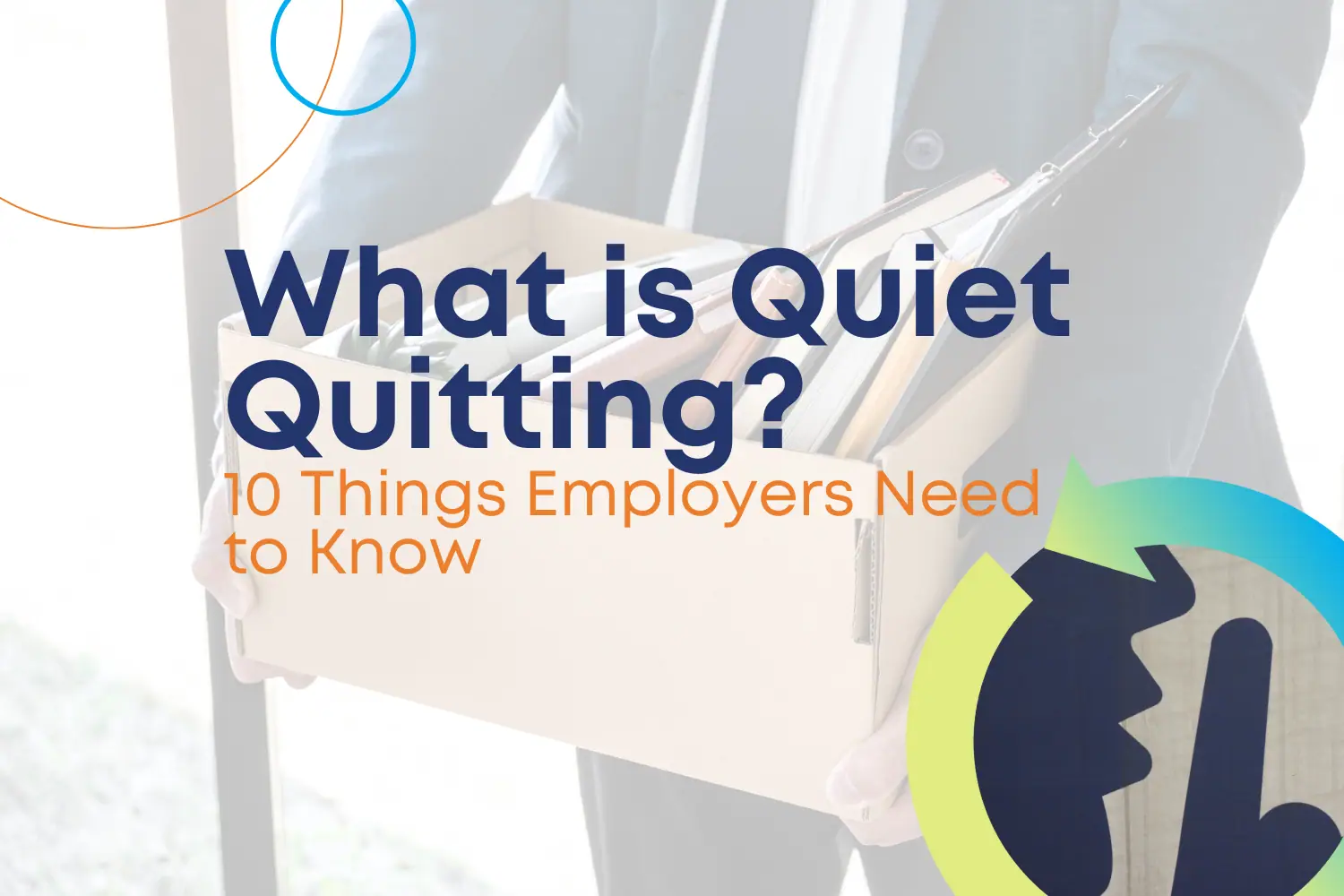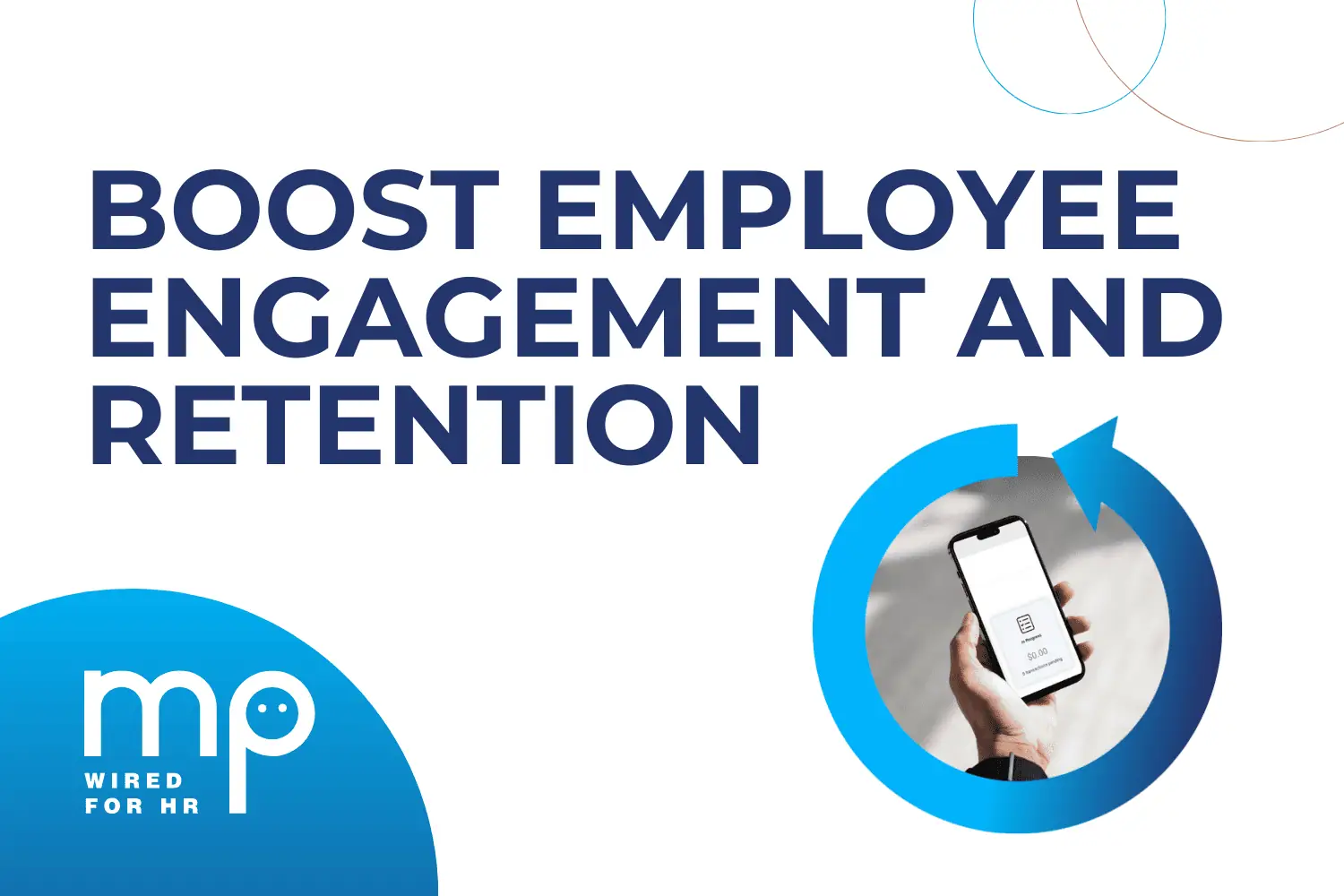The Shocking Link Between Your Bottom Line and Improving Employee Engagement

During the pandemic, many companies have had to send their staff into uncharted waters of remote work. Some have had to furlough workers. As the pandemic drags on, employees are more and more negatively affected by the circumstances. As employers, you have a second epidemic to handle: burnout. This article will explore why staff engagement is so important for your bottom line, three critical areas to focus on, and solutions you can start applying today for better improving employee engagement.
The Cost of Not Improving Employee Engagement
When your talent management strategy doesn’t leave much room to cultivate team engagement, you are losing money. These are some disturbing statistics about how things are outside the pandemic:
- In a report by Gallup, 67% of employees are either not engaged or actively disengaged.
- According to another Gallup study, 75% of employees leave their job because of their supervisor, not the company.
- In a study by MIT Sloan, companies lose up to 2.5% of their total revenue on the time it takes to bring a new hire up to speed.
- According to a SHRM article, the average cost to hire an employee is $4,129 with around 42 days to fill the position.
- Employer branding is important. According to 80% of recruiters surveyed by LinkedIn, it has a significant impact on hiring.
These numbers all boil down to two big takeaways. Firstly, if you didn’t think your employees were disengaged, think again. Especially with today’s stresses of coronavirus, struggling businesses, being thrown into remote work, and the uncertainty of even keeping their own job, a staggering portion of the population has been touched by burnout and disengagement. The question should really be, how likely is it that your employees don’t feel disengaged with their jobs?
The second takeaway is that whether your burnt-out employee stays or goes, it’s going to cost you. Hiring and training is expensive, but so is an employee who feels a real lack of motivation and excitement about their job every day. This is a problem with a big price tag– frequently at least six figures over a year. Ready for some positive statistics? These are the impacts of engaged employees according to a Gallup study:
- 37% higher sales
- 31% higher productivity
- 14% decrease in employee turnover
- 18% increase in customer satisfaction
- And, according to a Forbes article, 21% increase in profit
How could you ignore these numbers? Who wouldn’t want to increase their profit by 21%, especially in the middle of one of the worst recessions in US history?
Improving Employee Engagement: Areas to Focus On
There are three areas to focus your talent strategy on: your employees’ mental health and well-being, their satisfaction, and lastly, their engagement level.
- Mental health and well-being: This topic has become more important than ever during the pandemic. Open the lines of communication and check in with your employees. Let them know you care about how they’re doing.
- Employee satisfaction: Don’t assume your employee is happy in their role and don’t leave these conversations to annual reviews. Check in more frequently. Do your reports enjoy their work? Do they want more or less of a specific kind of task? What can you do to make their job a little more interesting or easier every day?
- Engagement level: How connected does your employee feel overall to their job, the company, their coworkers, your team goals, etc. Have some dialogues with your workers and take the temperature on how they’re feeling.
Tips for Managers on Improving Employee Engagement
Beyond focusing on the three topics above, here are some actionable tips you can start putting in place today. The good news is that while employee engagement strategies take time to implement, you can start seeing small results quickly.
- Set clear expectations: Be transparent with your employees about when you expect them to be on—and when you don’t. Don’t send them emails at midnight if they can wait. Setting some boundaries for workers, especially if they’re remote, will help them return to work refreshed every day.
- EAP programs and support systems: Make sure your employees are aware of the support your company provide. Maybe it’s emotional support, like therapy. Perhaps it’s financial help if they’ve had a tough time through COVID. Help them discover the resources your company can provide to make their lives easier, especially right now.
- Connect with your people: Even if your team works remotely, you can create a better work environment for your team. Support their personal and professional growth. Ask them how they’re doing and really listen. Create an environment that prizes open communication without fear. When you bond with employees, they are motivated to work hard for you and your goals.
- Praise and recognition: According to another Gallup survey, 37% of employees are craving this more at their jobs. Praise and recognition are free and easy to give. So why not start doing more of it today?
- Try out some tools from MP: We’ve got a single-platform solution that can help you with improving employee engagement in 4 ways. Firstly, MP offers a tool called MOJO, which measures employee engagement and offers surveys and data analytics. Secondly, we offer MP Learn, an online learning management system that lets you create custom trainings and track progress. Our third tool is MP Hire and MP HR services, both of which help you maintain compliance and handle people strategy more efficiently so you can focus on money-making activities. Lastly, check out our website for MP BizFeed, weekly HR content, and the Morning Mindset podcast. We cover topics you need to know about, including legislative updates, tips for better talent strategy, news, and more.
Recent Posts
- Online Payroll with a Purpose: Employer-Specific Solutions
- Seasonal Workforce Simplified: A Blueprint for Employers
- The Payroll Customer Service Struggle: What’s Really Going On?
- Navigating Workforce Management: Challenges, Strategies, and Solutions
- The Importance of Training in Today’s Workplace: A Holistic Approach
Categories
- ACA (10)
- AI (5)
- BizFeed (6)
- Business Strategy (119)
- COBRA (5)
- Compliance (192)
- COVID-19 (92)
- Diversity (12)
- eBooks (19)
- Employee Engagement (33)
- Employee Handbooks (24)
- ERTC (29)
- FFCRA (7)
- HR (305)
- MP Insider (13)
- Payroll (113)
- PFML (9)
- PPP (24)
- PTO (5)
- Recruiting (53)
- Remote Work (39)
- Return to Work (32)
- Unemployment (1)
- Wellness (22)
Archives
- April 2025
- March 2025
- February 2025
- January 2025
- December 2024
- November 2024
- October 2024
- September 2024
- August 2024
- July 2024
- June 2024
- May 2024
- April 2024
- March 2024
- February 2024
- January 2024
- December 2023
- November 2023
- October 2023
- July 2023
- June 2023
- May 2023
- April 2023
- March 2023
- January 2023
- December 2022
- October 2022
- September 2022
- August 2022
- July 2022
- June 2022
- May 2022
- April 2022
- March 2022
- February 2022
- January 2022
- December 2021
- November 2021
- October 2021
- September 2021
- August 2021
- July 2021
- June 2021
- May 2021
- April 2021
- March 2021
- February 2021
- January 2021
- December 2020
- November 2020
- October 2020
- September 2020
- August 2020
- July 2020
- June 2020
- May 2020
- April 2020
- March 2020



